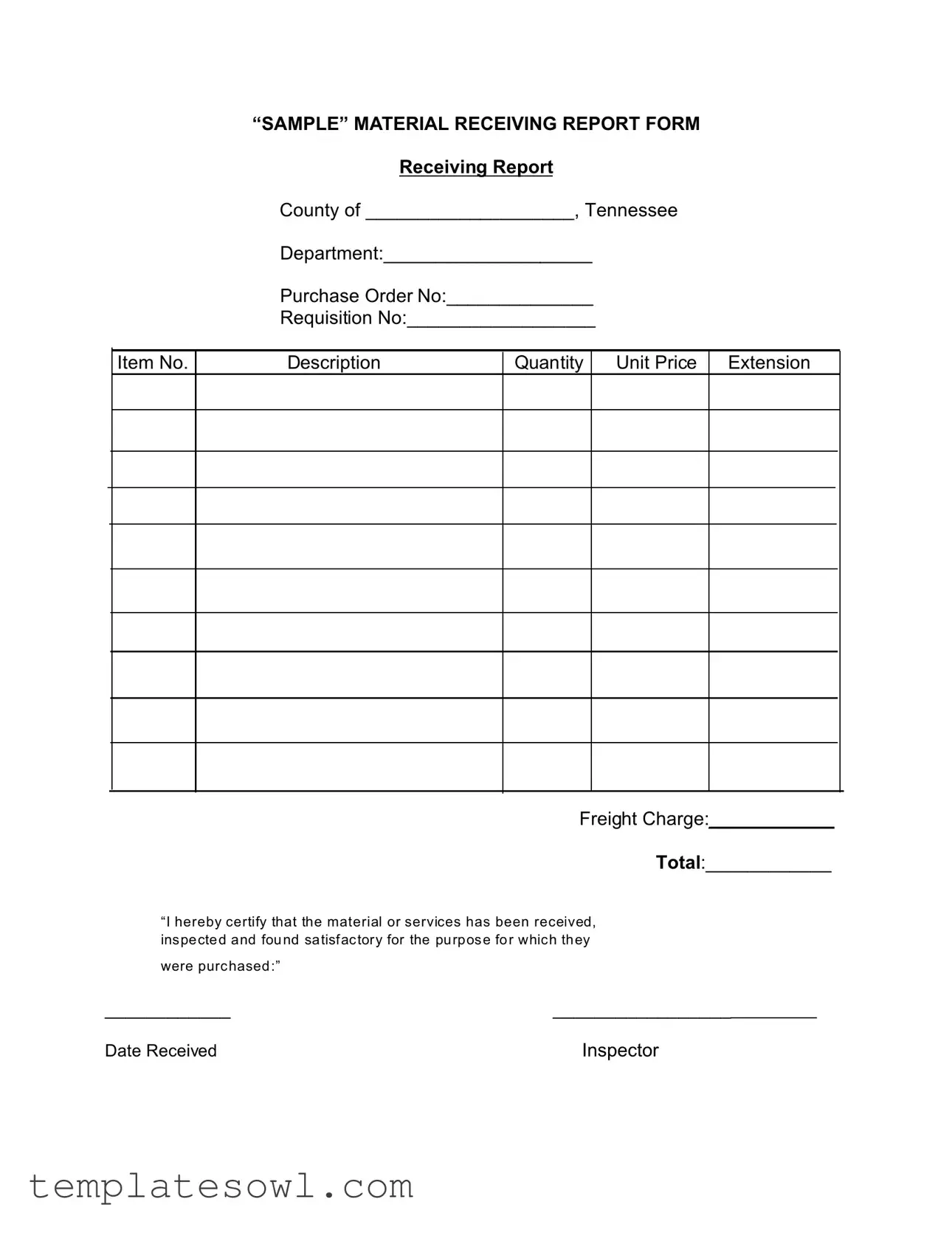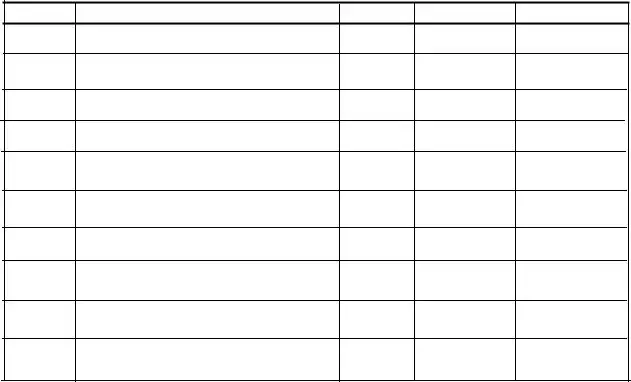What is the purpose of the Sample Receiving form?
The Sample Receiving form serves as an official document to confirm the receipt of materials or services in a specific county or department. It ensures accountability in the procurement process by recording essential details, such as purchase order numbers, item descriptions, quantities, and associated costs. This form helps facilitate proper inventory management and compliance with local regulations.
What information is required to complete the Sample Receiving form?
To effectively complete the Sample Receiving form, several key pieces of information are necessary. These include the county name, the department receiving the materials, the purchase order number, the requisition number, item descriptions, quantities, unit prices, total costs, and any freight charges. Additionally, the inspector must provide their signature and date to certify that the materials have been received and inspected satisfactorily.
Who is responsible for completing the Sample Receiving form?
The responsibility for completing the Sample Receiving form typically falls on the designated inspector within the department receiving the materials. This individual is tasked with ensuring that the items match the specifications outlined in the purchase order and that they are in satisfactory condition upon receipt.
What should be done if there are discrepancies on the Sample Receiving form?
If discrepancies arise, such as damaged items or differences in quantity, it is crucial to address them immediately. The inspector should document any issues directly on the Sample Receiving form and report these findings to the purchasing department. Prompt reporting allows for resolutions to be sought, whether through returns, replacements, or adjustments to invoices.
How does the Sample Receiving form contribute to inventory management?
The Sample Receiving form plays a key role in effective inventory management by providing a clear record of what has been received, including specific details about each item. This documentation helps prevent inventory discrepancies, aids in tracking usage and storage, and contributes to accurate accounting practices. A well-maintained inventory is crucial for ensuring that departments operate smoothly and efficiently.
Is there a need for electronic versions of the Sample Receiving form?
Yes, electronic versions of the Sample Receiving form can enhance efficiency and accessibility. Digital records can be easily stored, retrieved, and shared among departments. Additionally, electronic forms can help streamline the reporting process, reduce the risk of lost paperwork, and facilitate data analysis for inventory and procurement purposes.
What should be done after the Sample Receiving form is completed?
Once the Sample Receiving form is completed and signed, it should be submitted to the appropriate departmental personnel for record-keeping. It is also advisable to create copies for both the receiving department and purchasing department to ensure all parties have the necessary documentation. Records should be maintained in accordance with local policies and regulations to support both accountability and transparency.

